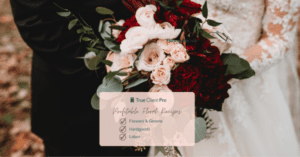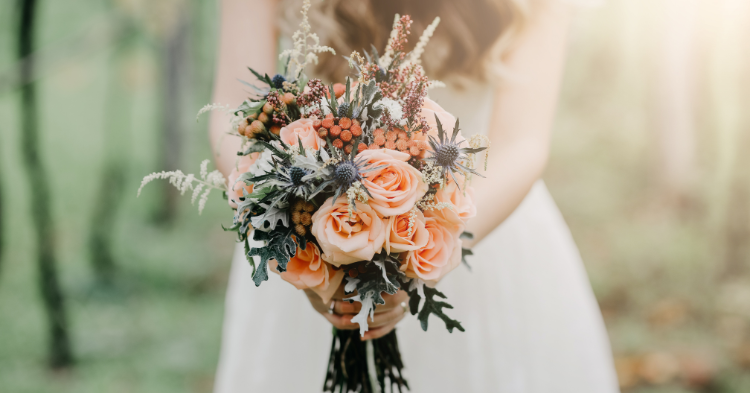To have Harvested cut flowers from your garden adds a personal touch to your floral arrangements for wedding and event design. Having flowers from one’s garden is a rewarding and joyful experience while maximizing the vase life of flowers.
Mastering the art of harvesting cut flowers ensures maximum freshness and longevity while reducing unnecessary shipping costs. In this guide, we’ll explore the best practices for harvesting, handling, and arranging garden-fresh blooms to elevate your floral creations. Learn the best time to harvest, how to keep flowers hydrated and essential pruning tips.
How to Maximize Harvested Cut Flowers From Garden for Freshness and Longevity

- Harvest cut flowers early in the morning when they are most vibrant and hydrated from the dew and cool night air.
- Prepare a bucket or large vase with flower food to collect harvested cut flowers. Remember to immediately place freshly cut flowers in cool water to preserve the freshness.
- Submerge the flowers, including foliage, in a bathtub, cooler, or sink filled with cool water to allow any bugs to float to the surface.
- Keep freshly harvested cut flowers in water as much as possible during and after cutting.
- Transfer them to a temporary vase (or bucket) filled with cool water and flower food till you are ready to design in the final container.
- Proper hydration not only ensures the stems are firm but also extends the life of the flowers. Hydrated stesm indicates properly hydrated stems, which results in long-lasting beauty.
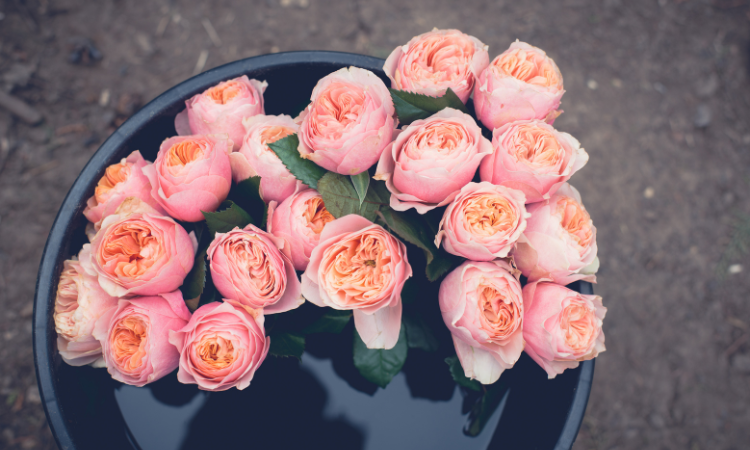
For Best Results, Prepare For the Harvest of Cut Flowers From the Garden
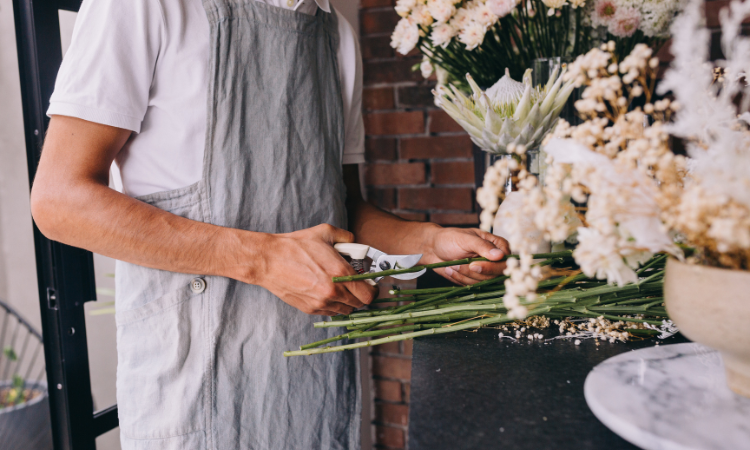
- Snip flowers at the intersection for clean cuts while ensuring that the snipper is clean and does not introduce the bacteria to water and other flowers.
- Cut all freshly harvested flowers and foliage about one inch from the bottom of the main stem.
- Cut at about 45 degrees to increase water uptake, allowing more surface area for water intake.
- Take an extra step to remove the foliage and allow the water to reach the flower head. Removing foliage allows the water and food to get into the leaves.
- Learning the ideal bloom stage for different flower varieties guarantees the length of the flowers’ vase life and attracts repeat customers.
- Use the proper floral knife and clippers for different flowers and woody stems.
Bringing in Harvested Cut Flowers From Your Garden Without Unwanted Visitors
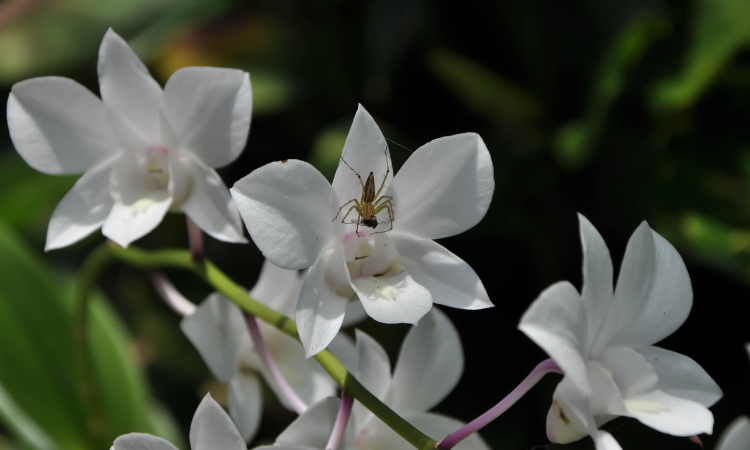
- Gently beat the freshly harvested cut flowers to shake out most bugs.
- Submerge the flowers, including foliage, in a bathtub, cooler, or sink filled with cool water to allow any bugs to float to the surface.
- Enjoy bug-free cut flowers that brighten up your home.
Practice Pruning Techniques While Harvesting Longer Stems and Better Growth
- After harvesting the cut flowers, prune flowers to encourage long stems for tall and flexible arrangements.
- Reduce the number of bulbs on the plant to provide nutrients for the remaining flowers to grow taller.
- Snip away extra bulbs at the joint where one stem merges with another.
Harvesting Cut Flowers Technique to Promote Blooming
- Picking flowers stimulates the plant to produce more blooms.
- Cut flowers whenever they are open and ready for decoration.
- Regular harvesting encourages continuous flowering for an abundant supply of fresh-cut flowers.
Enhancing Floral Arrangements with Harvested Cut Flowers
- Include filler plants like baby’s breath, ferns, Queen Anne’s Lace, and bells of Ireland in your cutting garden.
- Planting perennials like hosta, peonies,
- Plan your garden to ensure fillers complement the flowers you grow.
- Create beautifully coordinated designs with the perfect balance of flowers and greenery.
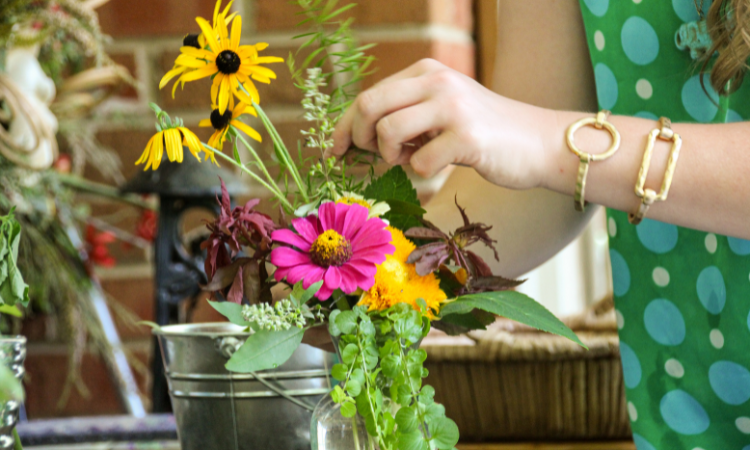
How To Document Your Harvested Cut Flowers From Garden
Documenting your harvested cut flowers from the garden is a valuable practice that allows you to keep track of your floral inventory, monitor the success of different varieties, and plan for future planting seasons.
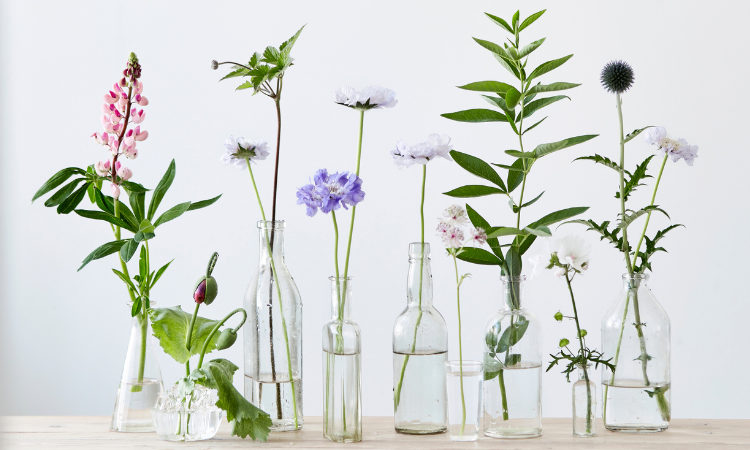
To effectively document your harvested cut flowers, create a dedicated notebook or digital spreadsheet to record important details such as the flower name, harvest date, quantity, and any specific notes or observations. Include information about the growing conditions, such as sun exposure, soil type, and any pest or disease issues encountered.
Take Photos Of Harvested Cut Garden For Next Year’s Planting
Additionally, consider taking photographs of your blooms to document their beauty and capture their unique characteristics visually. By diligently documenting your harvested cut flowers, you can gain insights, improve your gardening techniques, and create a valuable resource for your future floral endeavors. On True Client Pro, floral software, you can not only add the harvested cut flowers from the garden to the product library with flower images, but additional data as well. Adding data such as time of the year, how many blooms you cultivated, and what worked and what did not can help you incorporate the flowers from your garden next year in your wedding and events.
Types of Flowers Florists Can Harvest From Cut Garden
I have harvested many annual and perennial flowers from my cut flower gardens over the last 20 years. Here are the names of the flowers:
- lilies of the valley,
- peonies,
- scented old garden roses,
- hosta leaves, vines,
- alliums,
- different types of hydrangeas,
- dogwood,
- Cherry blossoms,
- star magnolia,
- lilacs,
- smoke bush,
- different types of ferns,
- phlox,
- sedum,
- lambs ears,
- dusty miller,
- clematis,
- dahlias,
- marigolds,
- rudbeckias,
- zinnia,
- gomphrena,
- hanging amaranthus,
- Evergreens for holidays
Read more about how every farmer’s florist needs to plant perennials and annuals in their cutting garden that are worth planting and keep giving.
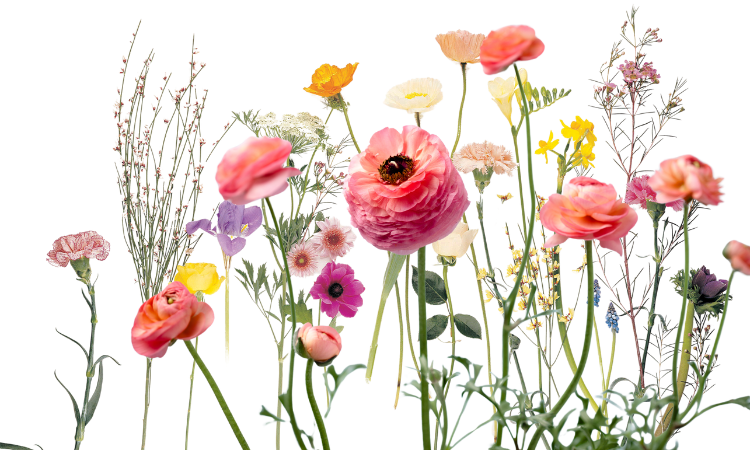
For wedding and event florists, harvesting flowers from their cut gardens adds personalization to every arrangement. Florists can create breathtaking floral designs by following expert cutting techniques, maintaining hydration, and implementing professional pruning strategies. Whether sourced from a cutting garden or ordered from trusted suppliers, the freshness of the cut flowers will captivate clients’ hearts.
Listen to True Client Pro’s weekly mini-session guest XYZ from Sea Flower Change. ADD HERE LINK
Embrace the artistry of floral design and create exquisite wedding and event arrangements with fresh-cut flowers from your own garden. Explore more about flower farming, flower farming, and florists at the upcoming Slow Flower Summitt In Seattle, Washington, in 2024.
Try a free demo with True Client Pro to help you keep track of your floral inventory, cost and profitability with each recipe.


